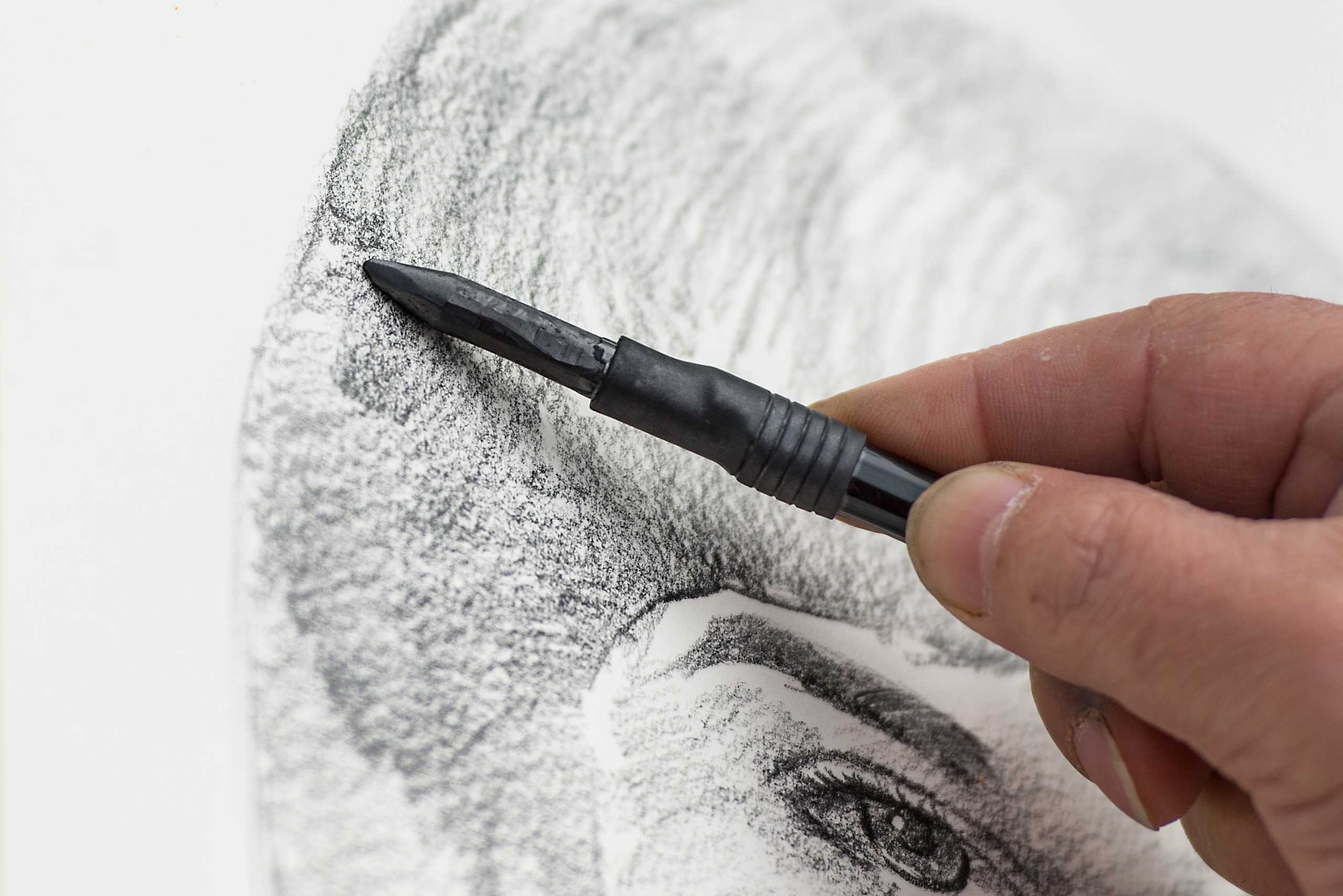Introduction
Proportions and anatomy are the backbone of realistic drawing. Without a solid grasp of how bodies and objects relate in size and form, even the most skilled artist can create images that feel off-balance or unnatural. Academic drawing teaches careful measurement, observation, and analysis to achieve accuracy and harmony in every piece.
The Role of Proportions
- Human Figures: Understanding ratios—like the head-to-body relationship—ensures figures are believable.
- Objects and Still Life: Proper proportion gives weight and realism to everyday items.
- Perspective and Space: Proportions help place objects correctly in three-dimensional space, creating depth.
Mastering proportions builds confidence and consistency in your work.
Anatomy Essentials
- Skeleton Structure – Knowing the bones under the skin guides realistic poses.
- Muscle Groups – Muscles affect surface form and movement. Understanding them enhances the depiction of dynamic figures.
- Movement and Gesture – Accurate anatomy combined with gesture drawing results in fluid, lifelike motion.
Combining anatomy knowledge with observation skills allows artists to capture both static and dynamic subjects convincingly.
Practical Exercises
- Sketch from live models or photographs to internalize correct proportions.
- Break complex forms into simple shapes to simplify anatomy.
- Compare and correct work frequently to develop a keen eye for accuracy.
These exercises reinforce learning while building technical skill and confidence.
Conclusion
Understanding proportions and anatomy is indispensable for academic drawing. It strengthens technical precision, informs creative choices, and allows artists to depict the human form and objects convincingly. Every line drawn with knowledge of structure brings your art closer to life.

